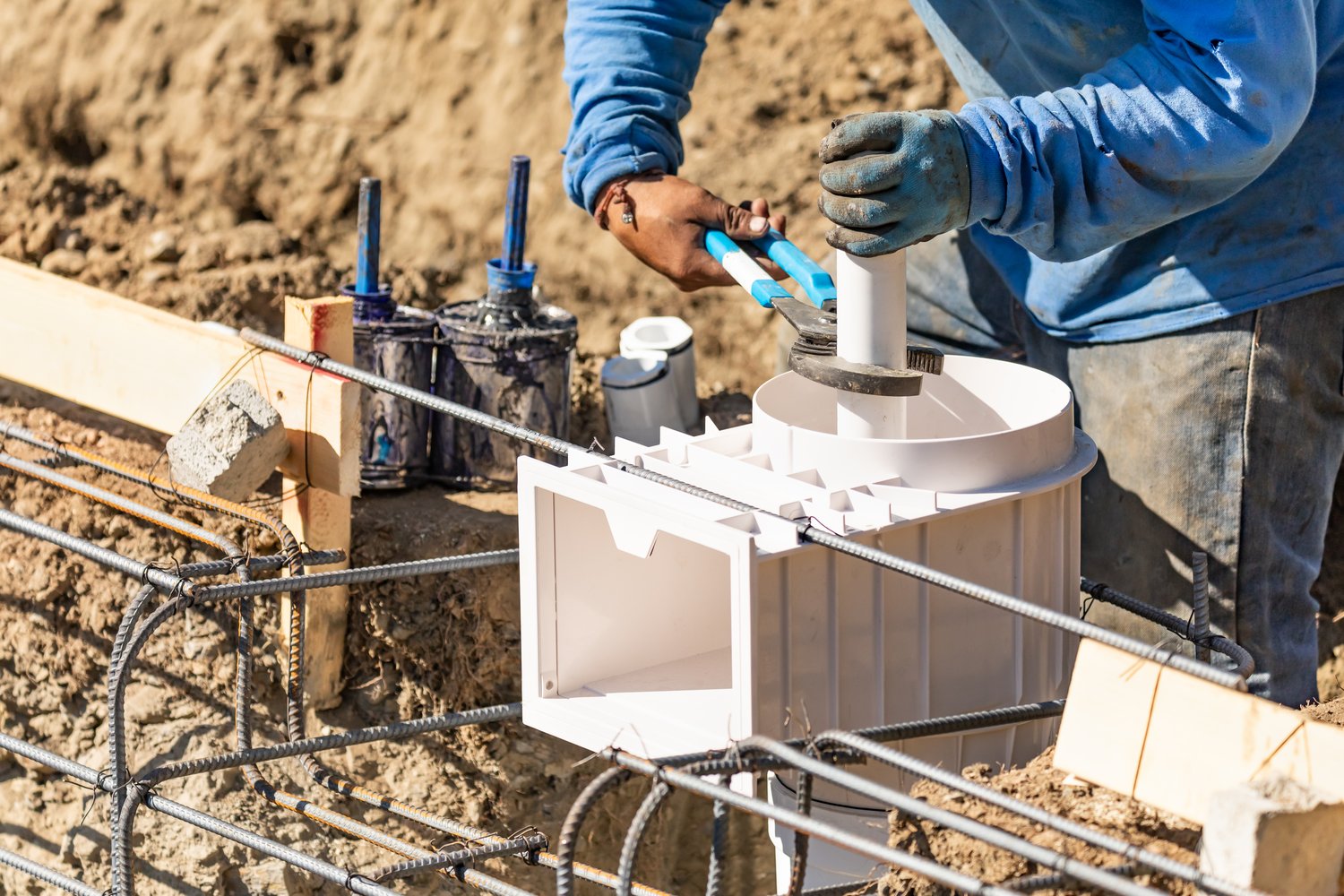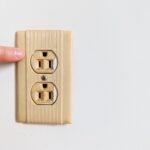Unlocking the secrets to a smoothly running septic tank aeration system can transform your wastewater treatment efficiency. These systems are not just a crucial element in managing waste buildup, but they also ensure a safe and clean environment. Without proper maintenance and troubleshooting, the efficiency and longevity of your system could be compromised.
- Discover how septic tank aeration systems function and identify the key components that require your attention.
- Learn about common troubleshooting issues, from pump failures to electrical problems, that could impact system performance.
- Implement effective maintenance practices essential for the long-lasting operation of your aeration system.
- Explore the importance of regular inspections and timely component replacements in maintaining system efficiency.
By the end of this article, you’ll be equipped with the essential tips and tricks for enhancing the longevity and efficiency of your septic tank aeration system, ensuring peace of mind and a cleaner environment.
Understanding Septic Tank Aeration Systems: Troubleshooting and Maintenance Tips
Septic tank aeration systems are essential for effective wastewater treatment. These systems introduce air into the septic tank, promoting aerobic bacterial growth which helps break down solid waste more efficiently than anaerobic processes alone.
The key components of a well-functioning septic aeration system include an aerator pump, air diffuser, and control panel. Each plays a pivotal role in ensuring the system operates at optimal capacity. The aerator pump injects air, the air diffuser distributes it evenly, and the control panel manages the process, preventing any imbalances.
Regular inspection and maintenance of these components are crucial for the system’s longevity. Issues such as clogged diffusers or malfunctioning pumps can lead to inefficient waste breakdown and potentially costly repairs.
Common Troubleshooting Issues in Aeration Systems
Despite their efficiency, septic tank aeration systems can encounter problems that hinder performance. One frequently encountered issue is pump failure. If the aerator pump ceases to work, it fails to introduce necessary oxygen, disrupting the waste treatment process.
Another prevalent problem is air leaks within the system. Leaks can cause uneven air distribution, reducing the system’s efficiency. Identifying these leaks early can save significant time and resources.
Electrical issues also pose challenges to aeration systems. Faulty wiring or power supply interruptions can halt the system entirely, necessitating immediate attention to prevent waste accumulation.
Regular troubleshooting and maintenance of these systems not only ensure optimal performance but also help maintain a clean and safe environment.
Effective Maintenance Practices for Septic Tank Aeration Systems: Troubleshooting and Maintenance Tips
Proper maintenance of septic tank aeration systems is crucial for their effective and long-lasting operation. Neglecting regular maintenance can lead to system inefficiencies and costly repairs. This guide provides essential maintenance practices that will help you maintain a reliable and efficient septic tank aeration system.
Regular Inspections: Conducting regular inspections is key to detecting potential issues early. Check components such as aerators, pumps, and control panels to ensure they are functioning correctly. Look for signs of wear and tear or unusual noises during operation, as these could indicate underlying problems that need addressing.
Component Replacements: Over time, certain components of your septic tank aeration system may require replacement. Replace worn-out parts, such as air filters and valves, to avoid compromising system efficiency. Ensure that any replacements are of high quality and match the specifications of your existing system.
Cleaning and Lubrication: Keep system components clean from debris and sludge build-up. Periodically clean air diffusers and aerator blades to maintain optimal performance. Lubricate moving parts as needed to reduce friction and wear.
Maintaining the Control Panels: Regularly check and clean the control panels to prevent electrical issues. Ensure all electrical connections are secure to avoid disruptions in system functionality. Monitoring system controls will help you maintain proper aeration levels, which is critical for efficient wastewater treatment.
By implementing these essential maintenance practices, you can enhance the longevity and efficiency of your septic tank aeration system. Remember that professional servicing can provide additional peace of mind, ensuring that any hidden issues are promptly addressed.
Frequently Asked Questions About Septic Tank Aeration Systems
What is a septic tank aeration system?
A septic tank aeration system introduces air into the septic tank, enhancing aerobic bacteria activity and improving wastewater treatment efficiency.
How often should I inspect my aeration system?
It’s recommended to inspect the system at least once a year to ensure all components function correctly and efficiently.
What are common signs of a failing aeration system?
Typical signs include unusual odors, slow drainage, or visible surface scum in drain fields.
Can I fix pump failures myself?
While minor issues can be handled with basic tools, it’s generally advisable to consult a professional for complex repairs.
Why is my aerator making noise?
Noises might indicate air leaks or mechanical faults. Immediate inspection is necessary to prevent further damage.
Is it important to replace components regularly?
Yes, regularly replacing components like filters and aerators ensures the system operates efficiently and prolongs its lifespan.





